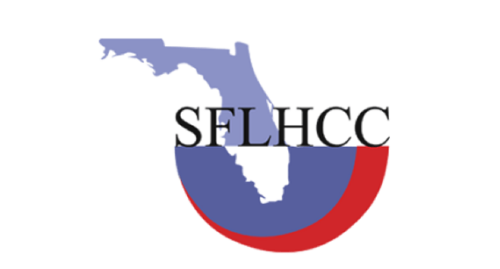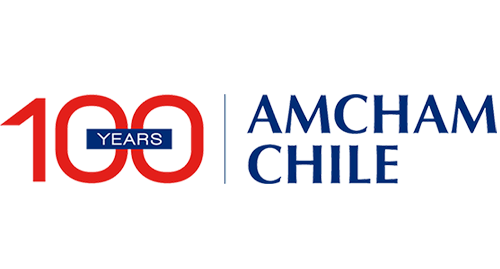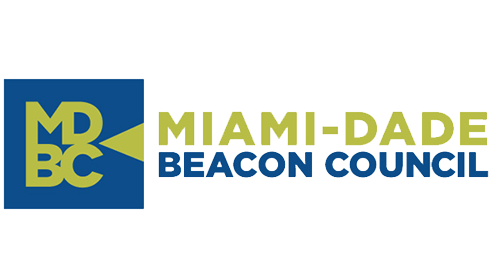
According to BH Compliance, a firm that certifies crime prevention models, the most complex areas are acquisitions and donations.
Companies in the construction, mining, financial, retail, and automotive sectors are the most exposed to economic crimes linked to money laundering and bribery. This is clear from the figures provided by the crime prevention certification firm, BH Compliance, a company that in recent years has certified several of the companies listed on the IPSA.
According to its partner and commercial manager, Susana Sierra, “most of the dangers are associated with the area of payments and cash outflows”. This highlights the risks in areas such as acquisitions and purchases, donations, issuance of invoices, hiring, human resources, and clients, among others.
The latest events related to the Penta and SQM cases for illegal political financing, according to Sierra, have implied “a change of mentality, companies are improving their prevention models”, especially in a scenario where it is known that 60% of IPSA companies (24) have prevention models, but the rest are not known.
INDUSTRIES.
Regarding the most exposed industries, in retail, for example, “the laundering of unwanted assets is common due to the enormous number of suppliers with which the companies work.
The objective of an ‘asset launderer’ is to have fictitious income and expenses to prove where they got the money they have. In this sense, retailers can have suppliers that use the company for this purpose,” says Ramón Montero, legal manager of BH Compliance.
“Bribery is also a practice typical of the sector since it is an area that requires numerous permits and approvals, so it works directly with public officials, who often receive bribes to obtain permits more quickly,” explains Montero, who adds that the same situation occurs in the construction sector, where it works directly with municipalities for building permits, and economic bribes are common.
Sierra adds that the mining sector is also quite exposed to economic crimes, and adds to the above risks, the item of donations.
“These companies give compensation to the communities they work with. It is a payment that is not associated with a service and many times they are fictitious NGOs, with flows that can be subject to illegal financing of practices such as terrorism, for example,” says Sierra. In the insurance sector, meanwhile, they recommend having a strong control with the beneficiaries, since the risk is that a money launderer buys and pays cash insurance to a person with a short life expectancy, in exchange for the buyer being put as a beneficiary.
**
The law on criminal liability of legal persons establishes that companies are criminally liable for money laundering or bribery offenses.
What has happened?
Companies in the construction, mining, financial, retail and automotive sectors are the most exposed to economic crimes related to money laundering and bribery.
Why has this happened?
According to the firm BH Compliance, unwanted money laundering is very common in the retail sector due to the number of suppliers they work with.
Fuente: Pulso














